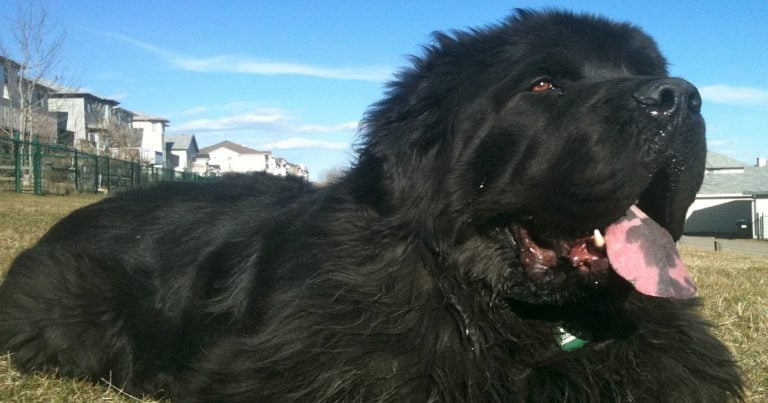Meet 15 Rescue Dogs Who’ll Fit Right In With Your Other Pups
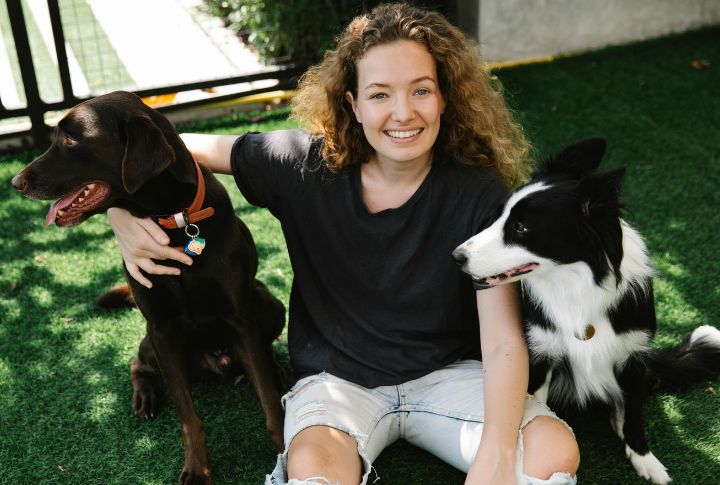
Do you have a pack that could use a new member? Rescue dogs are experts at making fast friends and fitting right in with your other pups. With their playful personalities, endless love, and charm, they’ll quickly become part of the crew. So, let’s take a look at 15 rescue dogs that thrive in multi-dog homes.
Labrador Retriever

Labrador Retrievers rarely show hostility toward fellow dogs. Originally bred in Newfoundland to work alongside fishermen and other dogs, their cooperative nature remains strong. Playful energy and a need for structure make them ideal for multi-dog environments.
Beagle
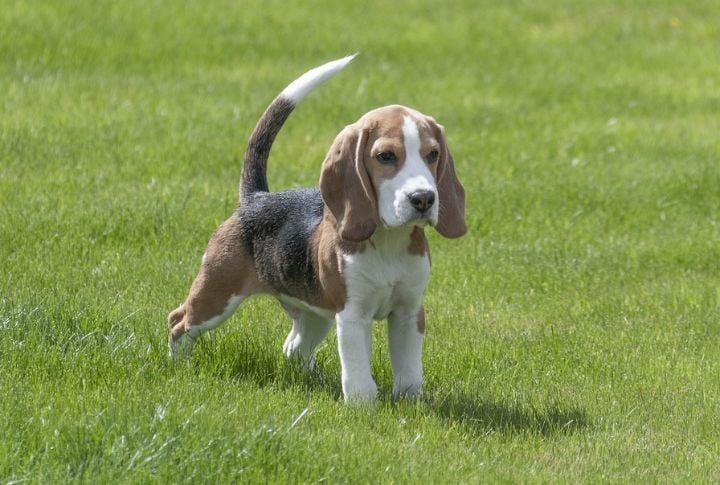
Pack instincts run deep in the Beagles. These small hounds were developed for group hunting, so they naturally seek camaraderie among other dogs. Introductions go smoothly when scent games are involved. Just watch for resource guarding—treat training early can head that off fast.
Golden Retriever
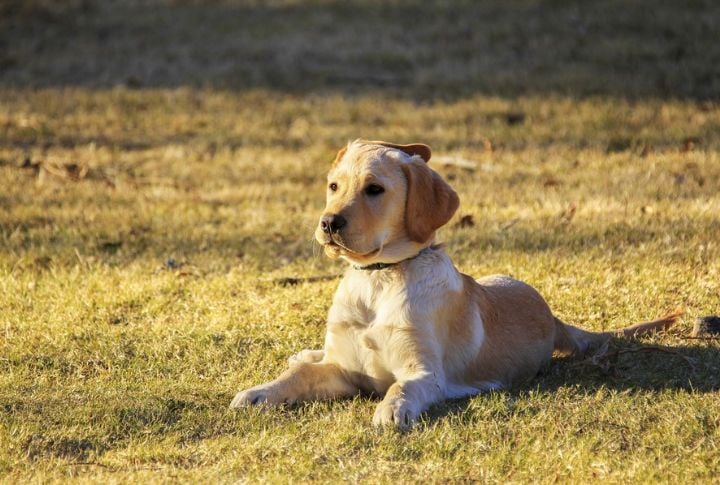
Kindness practically oozes out of Golden Retrievers. Their predictability and patience make them a stabilizing presence around more anxious or reactive dogs. Socialized properly, they act as emotional anchors in rescue situations.
Boxer
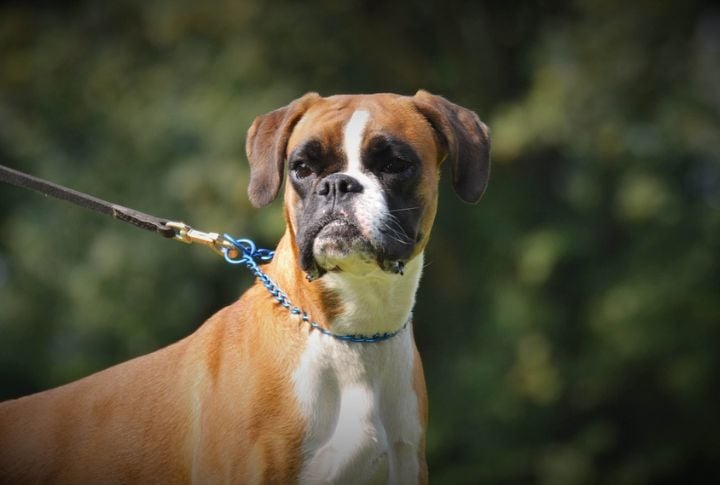
Bouncing into rooms like spring-loaded comedians, Boxers bring goofiness and endurance. Raised to guard and hunt in packs, they’re surprisingly gentle with fellow canines. Plus, supervised exercise channels their energy and keeps inter-dog tension minimal.
Cavalier King Charles Spaniel
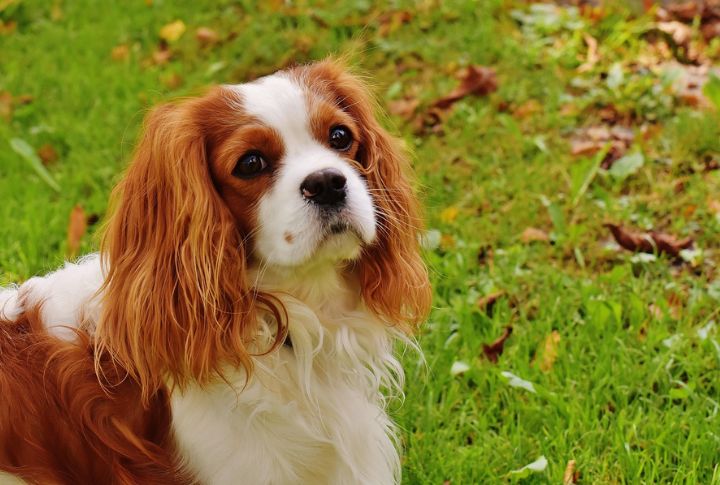
Despite their small size, Cavaliers have big social needs. They love companionship—whether from humans or other pets—and often match the energy of those around them. Their grooming routines should include bonding time with new companions to help them adjust emotionally faster.
Australian Shepherd
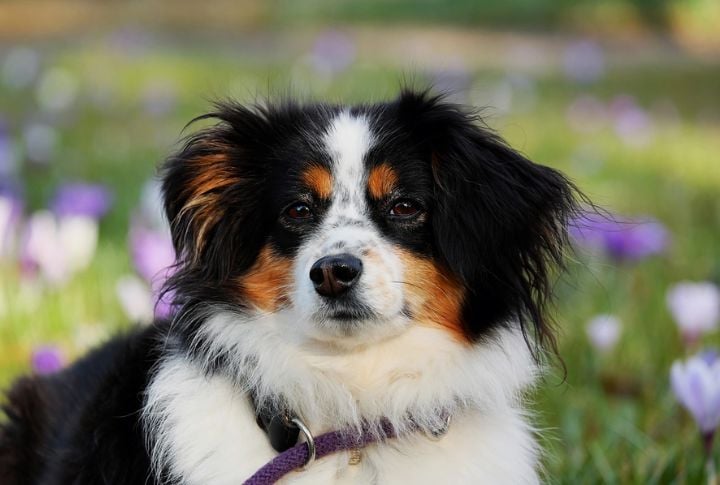
High-functioning herders like Aussies shine brightest when challenged physically and mentally. Social dogs, by nature, often adapt well to existing packs, especially in active homes. However, without clear leadership, their energy can overwhelm calmer breeds, so plan integration steps carefully.
American Pit Bull Terrier

Misunderstood more than misbehaving, many Pit Bulls display deep loyalty and affectionate behavior toward other dogs when socialized early. Rescue organizations often group-test these dogs for compatibility. Lastly, monitor rough play, as they tend to go all-in.
Border Collie
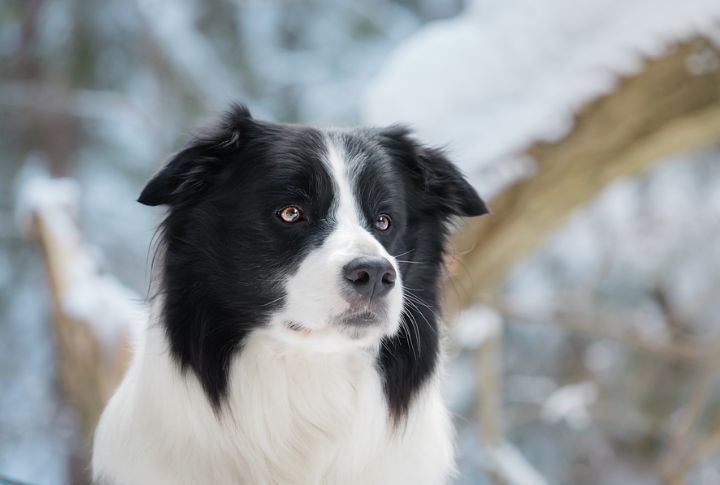
Border Collies read the room—and the entire dog park. Their gaze alone can control chaos or create it, depending on how it’s used. When properly introduced, they’ll instinctively fall into cooperative patterns with other pets. Give them a job, and the whole group benefits.
Whippet
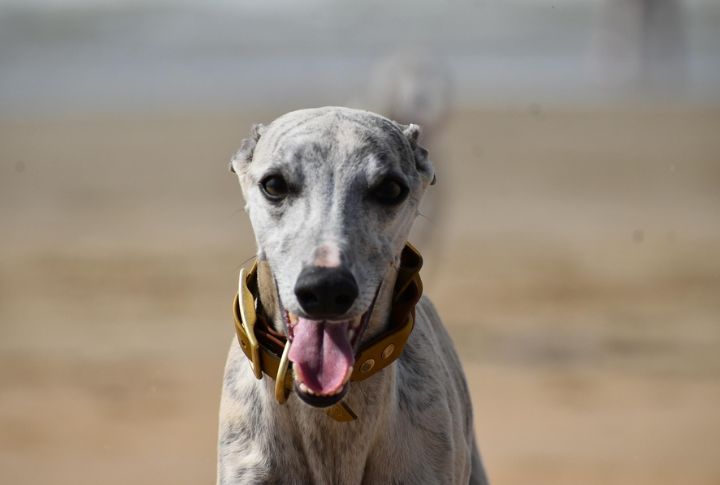
Whippets bring quiet harmony into homes. They don’t chase leadership or crowd food bowls. What they offer instead is balance, which is rare in rescue environments. They tend to pair well with both high-energy and low-key dogs. Just keep an eye out when zoomies strike, as they vanish on impact.
Collie

Ever heard of a dog de-escalating drama? Collies have done it. Their sensitivity to vocal tones and postures often lets them step in before scuffles start. Some rescue handlers describe them as “therapists in fur.” They’ll watch, wait, and then wag into peacekeeping mode when it counts.
Basset Hound
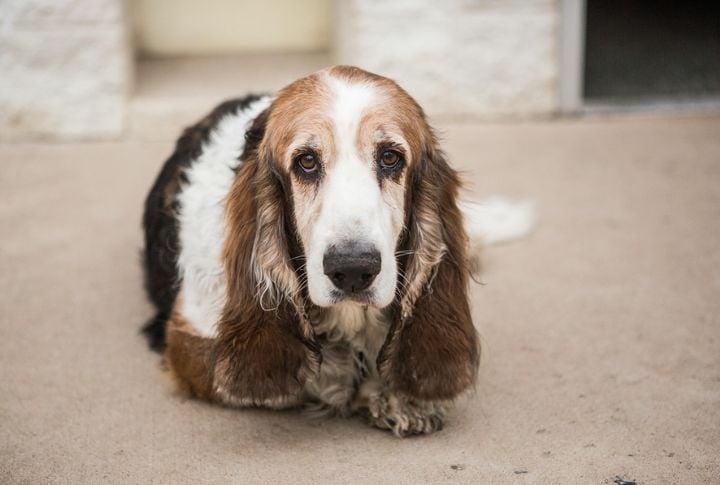
Gravity-defying ears aside, Basset Hounds are laid-back cohabitants with steady temperaments. They move at their own pace, rarely competing for attention or dominance. Their stubborn streaks might show during walks, but inside, they love cuddling beside other dogs. Let them set the tempo.
Pointer
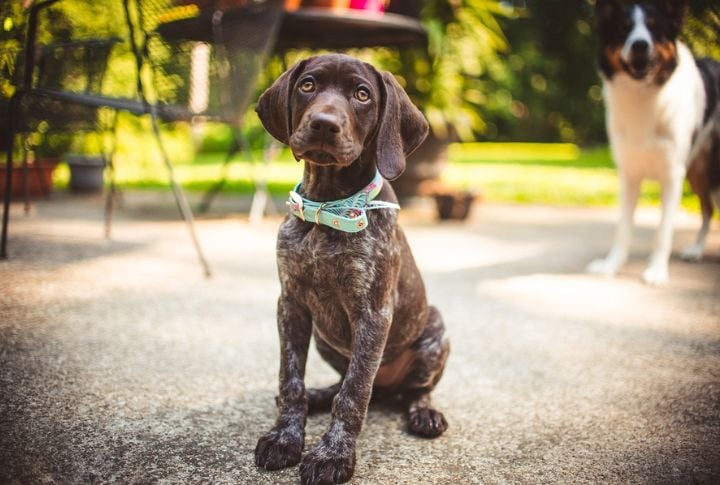
Pointers rarely linger. Their bird-dog brains are always on to the next scene. That mental momentum actually helps integration; they don’t fixate on tension. When you introduce them to existing dogs during a field walk, bonds build fast through shared movement.
Standard Poodle

Brains meet social finesse in the Standard Poodle. They’re emotionally intelligent enough to gauge tension and adjust behavior accordingly. Furthermore, rescue poodles often come from overstimulated environments and flourish in calm packs.
Staffordshire Bull Terrier
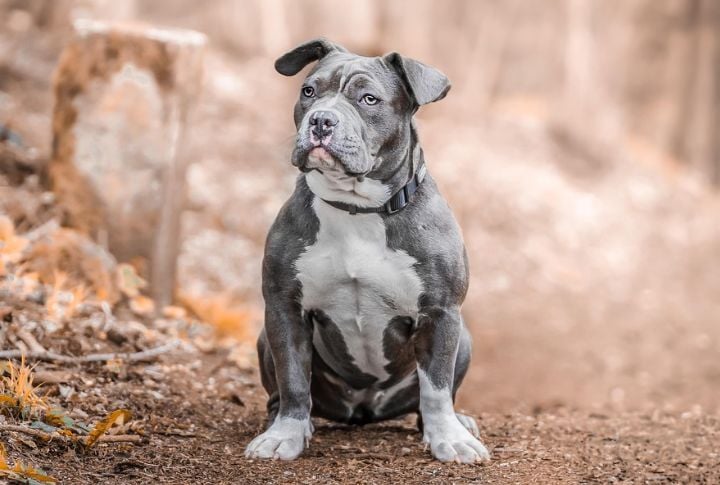
Nicknamed the “nanny dog” in the UK, the Staffordshire Bull Terrier often bonds quickly with children and pets alike. Rescue centers regularly evaluate their dog-on-dog skills before placement, so always ask for temperament assessments when adopting.
Cocker Spaniel

Cocker Spaniels listen with their entire body. Tilted heads and soft nudges form their canine language. In multi-dog homes, they quietly observe pack routines and settle into unclaimed roles. Give them a rhythm, and they’ll dance to it—often with a squeaky toy in tow.



